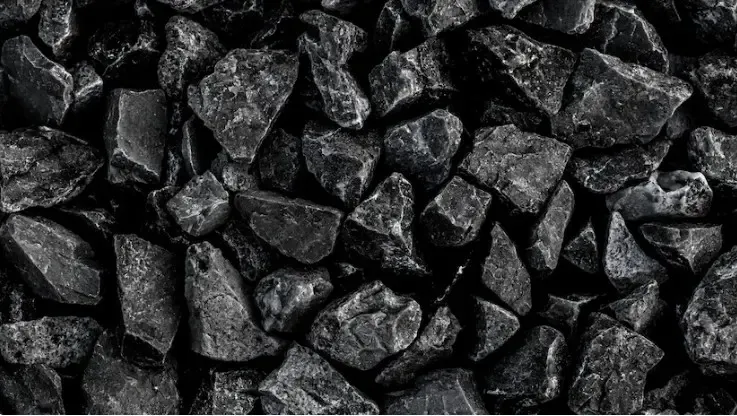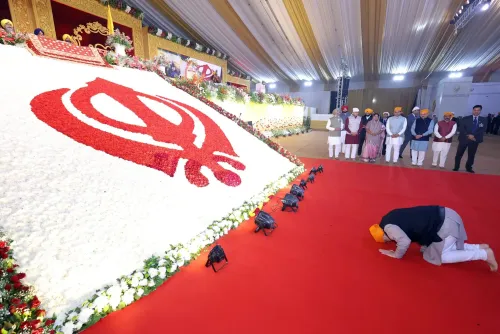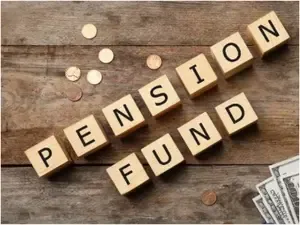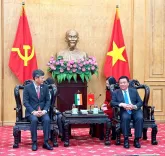Is India Leading the Global Clean Energy Transition?

Synopsis
Key Takeaways
- Original BRICS nations are leading the clean energy transition.
- New BRICS members are heavily investing in fossil fuels.
- Chinese companies play a significant role in energy capacity development.
- Net-zero targets have been set by many new members.
- There is a risk of conflicting energy strategies within the bloc.
New Delhi, April 29 (NationPress) According to the Global Energy Monitor, the original BRICS nations - India, Brazil, and China - are at the forefront of the worldwide clean energy transition. However, the newly joined members are increasingly leaning towards fossil fuel usage.
This bloc has the potential to significantly impact the energy sector by supporting clean energy projects among its new members.
The founding BRICS countries boast some of the largest wind and solar installations globally, ranking among the top five and seven nations for operational wind and utility-scale solar capacity, respectively.
Moreover, they currently have more than double the amount of wind and utility-scale solar capacity compared to fossil fuel projects that have been announced or are in various stages of development.
According to the Global Energy Monitor, for the first time in 2024, fossil fuel capacity in the BRICS group has fallen below 50% of the total energy mix.
In contrast, the new BRICS members are constructing over ten times more coal, oil, and gas capacity (25 GW) compared to wind and utility-scale solar (2.3 GW).
Data from the Global Integrated Power Tracker indicates that the newest BRICS nations - Indonesia, Belarus, Bolivia, Kazakhstan, Cuba, Malaysia, Thailand, Uganda, Uzbekistan, and Nigeria - have 25 GW of coal, oil, and gas capacity under construction compared to merely 2.3 GW of renewable energy projects.
Much of this new capacity is being developed by Chinese companies, indicating a chance for China to guide other bloc members.
The analysis reveals that 62% of the total capacity under construction is associated with Chinese state-owned entities, either providing engineering, procurement, and construction services, or acting as financiers.
Chinese involvement is particularly significant in hydropower and coal projects, constituting 93% and 88% of the capacity under construction, respectively.
Chinese enterprises are financing 7.7 GW of new coal projects, predominantly in Indonesia, despite President Xi Jinping committing to cease support for international coal initiatives.
Simultaneously, China leads other nations in supporting wind and solar projects in the new BRICS regions, contributing over half the solar capacity (947 MW) and nearly 90% of wind capacity (601 MW).
Despite the prevalent reliance on fossil fuels among the new BRICS members, most have expressed intentions to transition away from these energy sources, revealing a discrepancy between their promises and actual projects.
Currently, eight of the ten new members have set some form of net-zero emissions target for 2050 or 2070, while all five new coal-dependent members have declared timelines to phase out coal from their energy portfolios.
Established in 2009 by Brazil, Russia, India, and China, the BRICS group of significant emerging economies welcomed South Africa in 2010.
In early 2024, its membership expanded to include Iran, the United Arab Emirates (UAE), Ethiopia, and Egypt.
This year, as the rotating presidency holder, Brazil announced Indonesia's full membership alongside nine other countries obtaining partner status: Belarus, Bolivia, Kazakhstan, Cuba, Malaysia, Thailand, Uganda, Uzbekistan, and Nigeria.
The bloc now accounts for over a third of global GDP and houses nearly half of the world’s population as well as carbon-dioxide emissions.
James Norman, the Project Manager for the Global Integrated Power Tracker, commented, “Longstanding BRICS members have a unique opportunity to demonstrate leadership and share their clean energy transition experience with new entrants. Otherwise, there is a significant risk of directing these nations towards a detrimental path by investing in coal, gas, and oil.”









